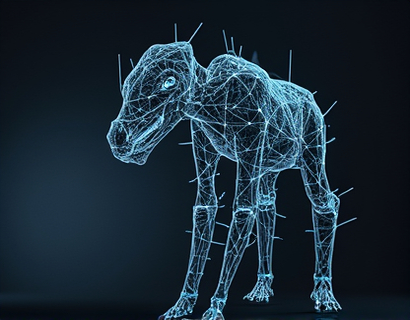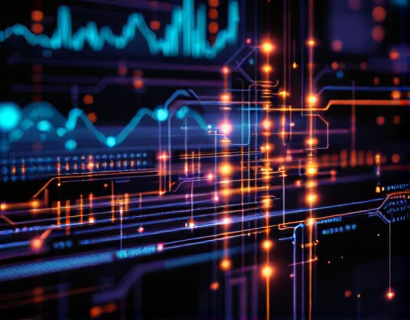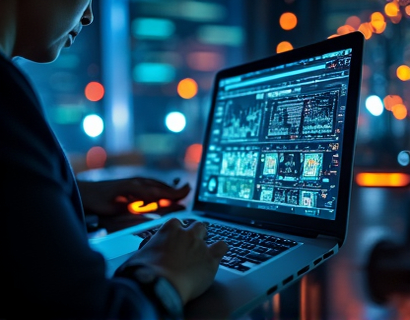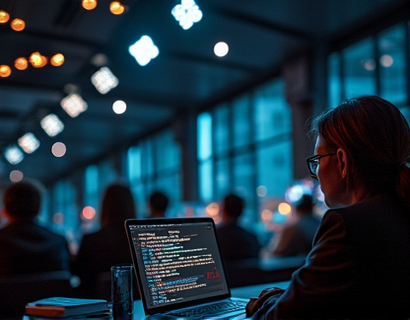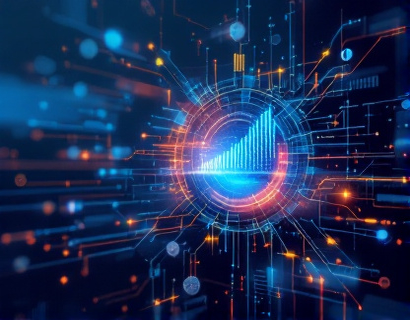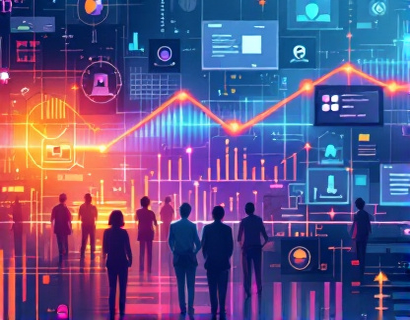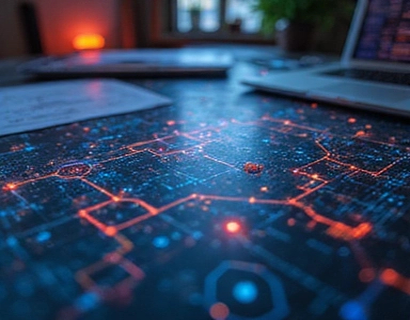Cutting-Edge AI Image Authentication: Ensuring Digital Content Integrity and Trust
The rise of artificial intelligence has brought about unprecedented capabilities in content creation, but it has also introduced significant challenges in verifying the authenticity of digital images. The ability to generate and alter images with AI tools has made it increasingly difficult to trust visual content. This has profound implications across various sectors, including digital media, content creation, brand management, security analysis, legal compliance, journalism, and education. To address these challenges, advanced software solutions have emerged, designed to detect AI-generated and altered images, ensuring the authenticity and integrity of digital media. This article delves into the intricacies of these cutting-edge tools and their role in maintaining trust in an era of sophisticated image manipulation.
The Need for AI Image Authentication
The proliferation of AI-generated images and deepfakes has created a landscape where the line between real and fabricated content is increasingly blurred. This has led to a crisis of trust, where even professionals in fields reliant on visual content must constantly question the authenticity of the images they encounter. For digital media professionals, content creators, and brand managers, the ability to verify the origin and integrity of images is crucial. Without reliable methods to authenticate visual content, brands risk reputational damage, and individuals may make misinformed decisions based on false information. The need for robust image authentication tools has never been more urgent.
How AI Image Authentication Works
AI image authentication software employs a combination of machine learning algorithms and advanced image analysis techniques to detect alterations and AI-generated content. These tools analyze various aspects of an image, such as pixel patterns, metadata, and structural consistency, to determine its authenticity. Here’s a closer look at the key components of these systems:
- Pixel Analysis: By examining the pixel data, these tools can identify inconsistencies that may indicate manipulation. AI-generated images often exhibit patterns that differ from naturally captured photos.
- Metadata Examination: Metadata, such as EXIF data, can provide clues about the image's origin and history. Authentication tools analyze this data to detect any signs of tampering.
- Structural Consistency: Advanced algorithms assess the overall structure of the image, looking for anomalies that may suggest alterations. This includes checking for uniformity in lighting, shadows, and textures.
- Deep Learning Models: These models are trained on vast datasets of authentic and manipulated images to recognize subtle signs of alteration. They can detect even sophisticated manipulations that might go unnoticed by human eyes.
By integrating these techniques, AI image authentication tools provide a comprehensive approach to verifying the integrity of visual content. The accuracy and reliability of these tools are continuously improving as AI technology advances, making them indispensable in today’s digital landscape.
Applications Across Various Fields
The applications of AI image authentication extend far beyond general interest, impacting multiple industries in significant ways:
Digital Media and Content Creation
In the digital media and content creation sectors, authenticity is paramount. AI-generated content and deepfakes can mislead audiences and undermine the credibility of media outlets. Authentication tools help content creators and media professionals ensure that the content they publish is genuine, thereby maintaining trust with their audience. This is particularly important in an era where misinformation can spread rapidly online.
Brand Management
For brands, the integrity of visual content is crucial for maintaining a positive reputation. Fake reviews, manipulated product images, and deepfakes can severely damage a brand’s image. AI image authentication tools enable brand managers to verify the authenticity of customer-generated content, social media posts, and marketing materials, helping to protect their brand from potential crises.
Security Analysis
In the realm of security, the ability to authenticate images is vital for forensic analysis and intelligence operations. Authentication tools can help security analysts verify the authenticity of evidence, such as photos and videos, ensuring that investigations are based on reliable data. This is especially important in cases involving cybercrime, where manipulated images can mislead investigators.
Legal Compliance
Legal professionals and compliance teams rely on the integrity of visual evidence in court and regulatory proceedings. AI-generated images and altered photos can compromise the validity of legal cases. Authentication tools provide a means to verify the authenticity of evidence, ensuring that legal decisions are based on accurate and trustworthy information.
Journalism
Journalists depend on visual evidence to tell stories and inform the public. However, the ease with which images can be altered poses a significant threat to journalistic integrity. Authentication tools empower journalists to verify the authenticity of images and videos, upholding the standards of truth and accuracy in reporting. This is crucial in an age where fake news and manipulated media are prevalent.
Education
In educational settings, the use of authentic visual content is essential for teaching and learning. AI image authentication tools can help educators ensure that the materials they use are genuine, preventing the spread of misinformation and enhancing the educational experience. Students can also learn about the importance of digital integrity and the tools used to maintain it.
Benefits of AI Image Authentication
The adoption of AI image authentication tools offers numerous benefits across various sectors:
Enhanced Trust
By ensuring the authenticity of visual content, these tools foster trust among consumers, clients, and stakeholders. In an era where misinformation is rampant, the ability to verify the truth of an image is invaluable.
Improved Decision-Making
Reliable visual content is crucial for informed decision-making. Whether in business, legal, or journalistic contexts, accurate images provide a solid foundation for analysis and action.
Reputation Protection
For brands and individuals, the risk of reputational damage due to manipulated images is significant. AI authentication tools help protect reputations by identifying and flagging potentially false content.
Compliance and Legal Protection
In industries where visual evidence is critical, compliance with legal standards is essential. Authentication tools help organizations meet regulatory requirements and avoid legal pitfalls associated with false or altered images.
Fostering Creativity and Integrity
In the creative industries, the ability to trust visual content encourages genuine creativity and innovation. Knowing that the images and media they work with are authentic allows creators to focus on their craft without the constant fear of manipulation.
Challenges and Limitations
While AI image authentication tools are powerful, they are not without challenges and limitations:
False Positives and Negatives
No system is perfect, and there is a risk of false positives (flagging genuine images as altered) and false negatives (missing actual alterations). Continuous improvement and refinement of these tools are necessary to minimize these errors.
Computational Resources
Advanced image authentication requires significant computational power and resources. This can be a barrier for smaller organizations or individuals with limited access to robust technology infrastructure.
Evolving Manipulation Techniques
As AI manipulation techniques evolve, so must the authentication tools. Staying ahead of new manipulation methods requires ongoing research and development, which can be resource-intensive.
Future Prospects
The field of AI image authentication is rapidly evolving, with ongoing advancements in machine learning and image processing technologies. Future developments may include:
- More sophisticated algorithms capable of detecting even the most subtle manipulations.
- Integration with blockchain technology to create immutable records of image authenticity.
- User-friendly interfaces that make authentication tools accessible to a broader audience.
- Real-time authentication capabilities for instant verification during content creation and sharing.
These advancements will further enhance the reliability and usability of AI image authentication tools, solidifying their role in maintaining digital content integrity.
Conclusion
The rise of AI-generated and altered images has introduced significant challenges in verifying the authenticity of digital content. However, with the advent of advanced AI image authentication tools, professionals across various fields can now confidently navigate the complexities of image manipulation. These tools not only ensure the integrity of visual content but also foster trust, improve decision-making, and protect reputations. As technology continues to evolve, the importance of these tools will only grow, making them an essential component of modern digital media management.






